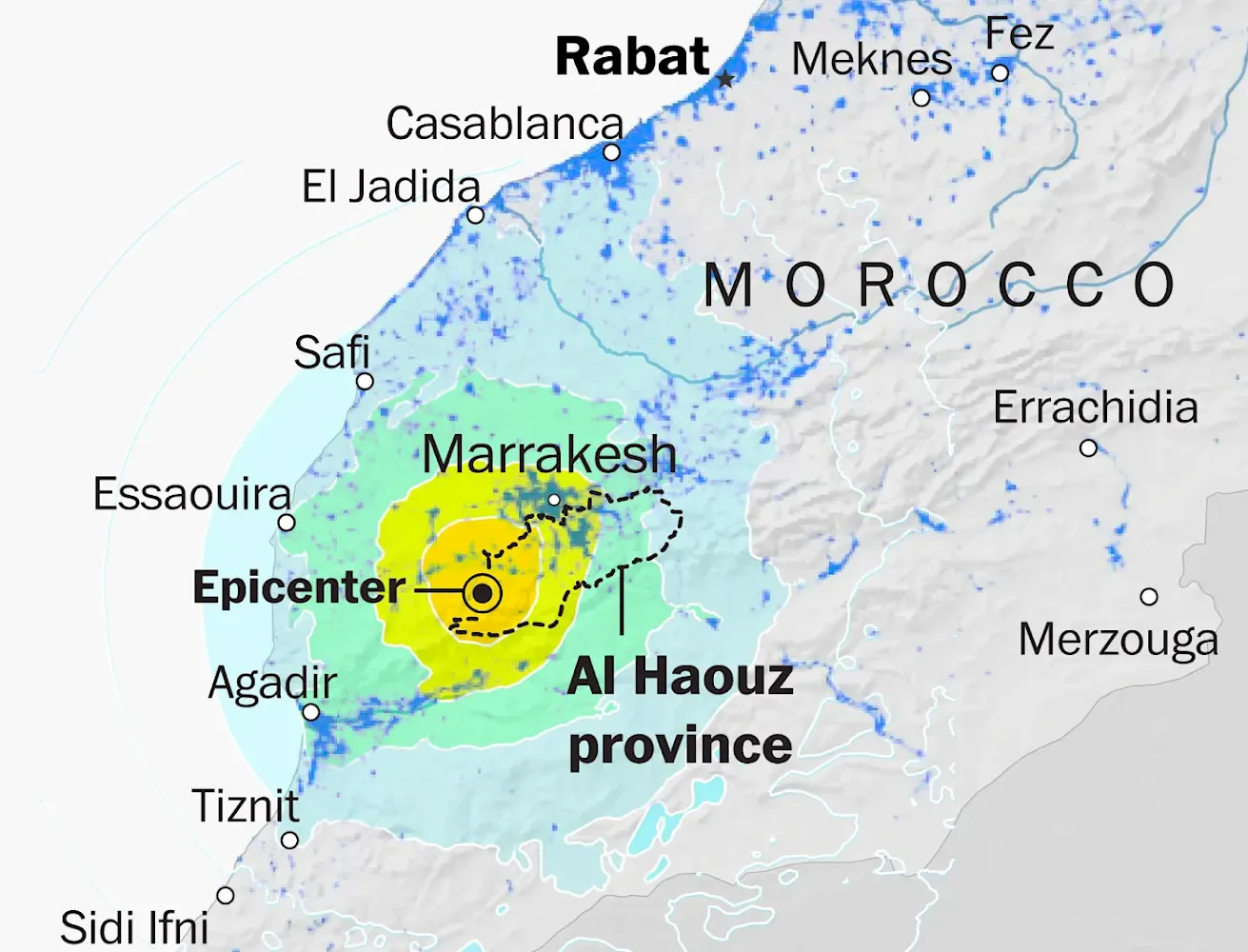What Caused the Morocco Earthquake 2023?
The Geology Behind the Deadly Earthquakes in Morocco
A powerful earthquake struck Morocco on Friday night. The magnitude-6.8 earthquake occurred in Chichaoua Province at around 11:11 p.m. local time. The earthquake caused significant damage, killing more than 800 people and damaging buildings from villages in the Atlas Mountains to the historic city of Marrakech.
The Morocco earthquake in 2023 was caused by the movement of the African and Eurasian plates. These two plates are converging at a rate of about 4.9 millimeters per year. The earthquake occurred along the Azores–Gibraltar Transform Fault, which is a major fault line that marks the boundary between the two plates. The earthquake occurred along the Azores–Gibraltar Transform Fault, which is a major fault line that marks the boundary between the two plates.
The Azores–Gibraltar Transform Fault is a right-lateral strike-slip fault. This means that the two plates are moving past each other in opposite directions, but they are also slipping past each other in a sideways motion. When the plates slip past each other, it can cause stress to build up in the rocks. If the stress becomes too great, it can cause an earthquake.
 |
| Map shows Morocco earthquake’s devastating impact |
The magnitude 6.8 earthquake that struck Morocco on September 8, 2023 was a shallow earthquake, occurring at a depth of 18 kilometers (11 miles). Shallow earthquakes are more likely to cause damage than deeper earthquakes. The earthquake was felt in several other countries in the region, including Algeria, Tunisia, and Spain.
The geology of the region is also a factor that contributed to the severity of the earthquake. The area is made up of sedimentary rocks that are relatively soft and easily fractured. This made the rocks more susceptible to the movement of the tectonic plates, which led to the release of a large amount of energy.
In addition to the convergence of the African and Eurasian plates, there are other factors that can contribute to the occurrence of earthquakes. These factors include the type of rock, the presence of faults, and the depth of the earthquake.
The rocks in the region of the Morocco earthquake are known to be weak and prone to fracturing. This makes them more susceptible to earthquakes. The presence of faults in the region also increases the risk of earthquakes. Faults are areas where the rocks have broken and shifted, and they can store a lot of stress. When this stress is released, it can cause an earthquake.
The depth of the Morocco earthquake also played a role in its destructiveness. The earthquake occurred at a depth of 18 kilometers, which is relatively shallow. Shallow earthquakes are more destructive than deep earthquakes because they release their energy closer to the surface.

%20(1).webp)






